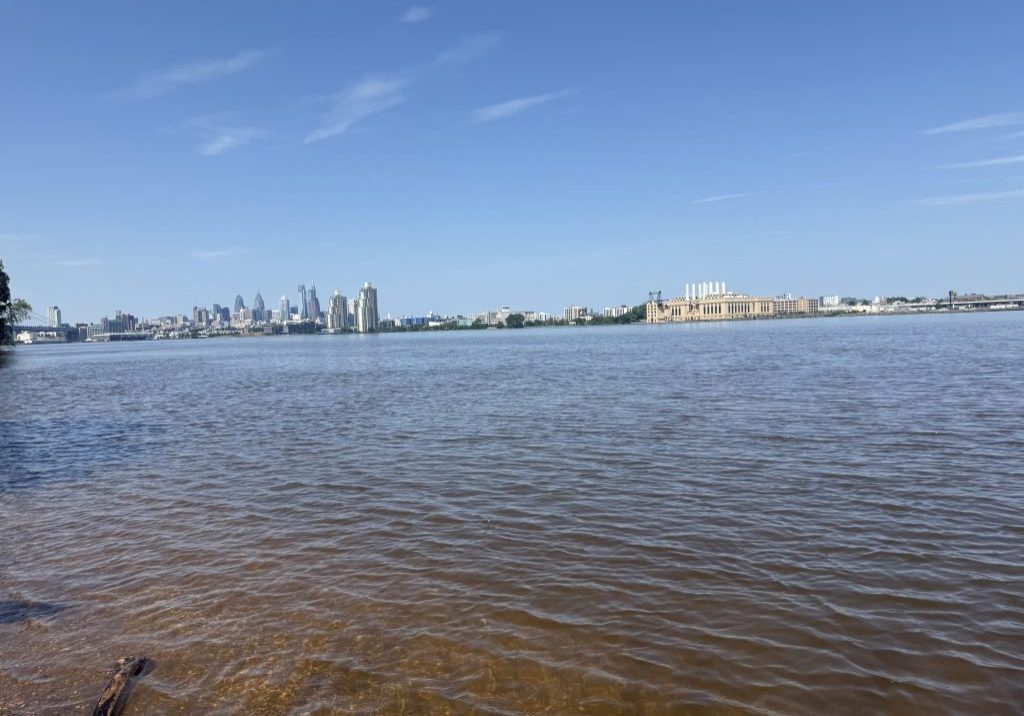
NJ Highlands Council chief seeks to build coalitions
Ben Spinelli, who took over as executive director in July, has a background in land preservation and water policies.
| January 3, 2023
The new executive director of the New Jersey Highlands Council, Ben Spinelli, brings experience gained as a member of the first council after the Highlands Water Protection Act of 2004 was enacted.
In a recent interview, Spinelli said he believes his new position is an extension of work he began back then and continued during his tenure as mayor of Chester Township, focusing on land preservation and water policies.
Being “familiar with the little ins and outs” of the council’s operations is an asset, he said. “I try not to be surprised by anything.”
He hopes to continue to fulfill the council’s mission while helping it heighten its impact in the region.
Spinelli, who was hired as the council’s leader at the end of July, was one of the founders of Greener by Design in New Brunswick. He previously served on the Garden State Preservation Trust, the New Jersey State Agricultural Development Committee, the New Jersey Environmental Infrastructure Trust Board, and the Morris County League of Municipalities.
His work with the council should be made a little easier because of greater buy-in from the state and region, he said. With greater resources from the state, the council can work on major concerns, such as drinking water, recreation, agriculture and the economic health of the area.
The council is a regional planning authority to draft a master plan for the Highlands region with the goal of protecting and enhancing its natural resources. The 15-member council offers grants for studies to determine whether development is appropriate and provides advice to the 88 municipalities and seven counties in the region to protect the water supply.
Most of Morris County is in the Highlands as is about two-thirds of Warren County. Significant portions of Sussex and Passaic Counties are as well, while smaller portions of Hunterdon, Somerset and Bergen Counties are part of the Highlands.
All of Warren County and parts of Hunterdon, Morris and Sussex Counties are in the Delaware River watershed.
Coalition building
Some of the council’s long-term projects include lining up more funding for farmland and open space preservation. Spinelli said there is probably a lot of land that may not fit the traditional criteria for preservation but still should not be lost to development.
With 88 municipalities in the Highlands, he said he wants to look to the towns and the state for help with these projects.
“It’s not easy to get everyone to row the boat in the same direction,” he said.
He would like to see state Infrastructure Bank funding to implement projects on lands that have been preserved, he said. Projects could support water quality, protection of biodiversity and the challenges of invasive species, migration of species and fragmentation of forests.
“We are stewards of an environment that is partially degraded,” he said.
The bank is an independent state financing authority that provides low-interest loans to qualified municipalities, counties, regional authorities and water suppliers to finance water-quality infrastructure projects to improve ground and surface water resources, ensure the safety of drinking water supplies and protect the public health.
Some of the degradation came from recent development but much of it came from cutting the forests for development, firewood and the charcoal furnaces needed for iron forges.
The Musconetcong River, a major tributary of the Delaware, is the spine of the Highlands, Spinelli said. A big portion of the resources are dedicated to the river, Lake Hopatcong and the big watershed that feeds them.
The lake is a major economic force but also has many challenges, including harmful algal blooms that have plagued the lake and other fresh water bodies.
Spinelli has met with representatives of the Musconetcong Watershed Association. The association’s board secretary and former president, Bill Leavens, served on the first Highlands Council with Spinelli. Leavens noted the council was created under former Gov. Jim McGreevey, “who was a policy wonk.” He said the staff has always been very involved in river matters.
The association’s executive director, Tom Dallessio, said he met with Spinelli and Maryjude Haddock-Weiler, planning manager for the council. He said the council will be an integral part of creating the association’s watershed vision plan.
Challenges ahead
One of the biggest challenges in the Highlands is the preponderance of warehouse development applications, Spinelli said.
“There are probably appropriate places for transportation of products from the ports, but warehouses must be prohibited where they are not consistent with the land use,” he said.
Another nagging problem is the state’s affordable housing legislation. Spinelli pointed out the original law specifically states that the need for affordable housing cannot be an excuse for bad planning or for not protecting environmental resources.
“Municipalities must be able to determine appropriate placement of affordable housing in line with other goals,” he said. “Where and how you build is as important as if you build. Municipalities made each individual affordable housing settlement piecemeal. We can’t undo what was done but we have to support resources and existing infrastructure maintenance without increasing development.”







